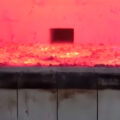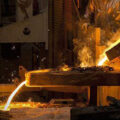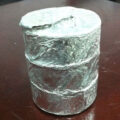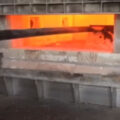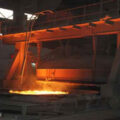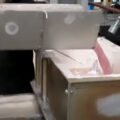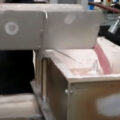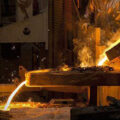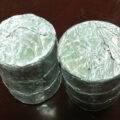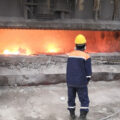The metal elements preparation methods of aluminum alloy include the direct addition of pure metals and the addition of metal additives.
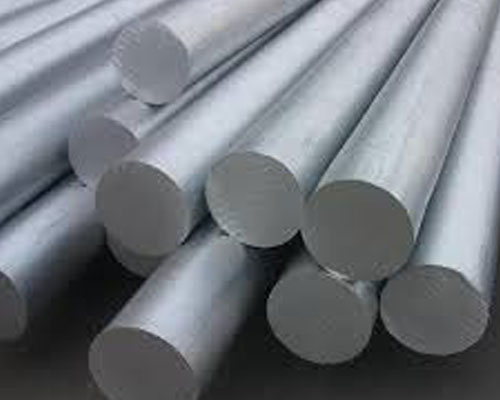
Metal Elements Preparation Methods
Pure Metal Addition Method
The alloy elements whose maximum solid concentration exceeds 1% (atomic molar concentration), such as silver, copper, gallium, germanium, lithium, magnesium, silicon and zinc, can generally be added directly after simple crushing.
Metal Additive Addition Method
Master alloy adding method, the composition and properties of various master alloys are commonly used. There are two types of metal elements preparation methods.
The first type is the intermediate alloy prepared with the metal itself, such as aluminum copper, aluminum iron, aluminum manganese, aluminum nickel, aluminum-silicon, aluminum chromium, and so on. It is mainly used as elemental components to be added to the master alloy.
The second type, because of the instability (easy to oxidize) of metal elements themselves in nature, intermediate alloys prepared by fluoride salts, such as aluminum 5 titanium 1 boron series, aluminum boron, aluminum zirconium, aluminum beryllium, etc., are mainly Used to improve the structure of aluminum ingots or casting process, not added as a component.
The advantages and disadvantages of adding master alloy and pure metal directly. First of all, it should be confirmed that no matter what brand of aluminum alloy is prepared, various solid solutions or compounds composed of alloy elements and aluminum or other elements have nothing to do with the method of adding the metal element.
Powder Metal Additive Adding Method
Powder metal additives are another variant of the direct metal addition method, and its essence is the direct addition of high melting point metals. How to solve the rapid dissolution of alloying elements is the most important problem to be solved by direct addition. In order to ensure that the metal can be dissolved and absorbed as soon as possible, the metal is granulated and powdered to increase the body surface area of the metal. In order to speed up the melting of the powder in the aluminum liquid, the corresponding flux is added to prevent the oxidation of the metal powder and high temperature. For the lower burning loss, some reducing agent is added, and a compression molding method is used.
In the process of production practice, how to choose additives, mainly consider three factors:
1) The length of time for the dissolution and absorption of metal elements. If the time is too long, the energy consumption during the casting process will be higher, and it will affect the smooth progress of the casting process.
2) The stability of the absorption of metal elements is generally proportioned, and there will be no fluctuations in high and low, which is very important for alloy preparation.
3) What is the absorption rate of metal elements? Some of the powder will be oxidized during the production and storage of metal powder. When the additives are added to high-temperature aluminum water, due to the violent oxidation reaction, a certain amount of burn will also be caused.
Whether it is a powder-type metal additive or an intermediate alloy made by melting metal and aluminum, the purpose is to prepare master alloy elements, which can be regarded as metal additives, but the flux is different. Powder-type metal additives are fluxes. It is salt or powder particles, and the flux of the master alloy is aluminum.
Three basic principles for the use of metal additives: (1) Metal elements dissolve and diffuse in a short time. (2) Metal elements have good absorption stability and are easy to prepare. (3) High absorption rate of metal elements.


